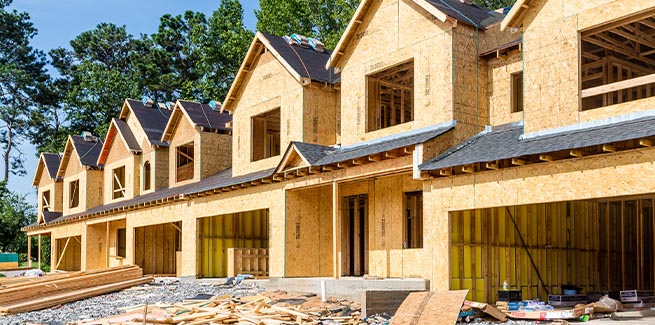The Real Estate Institute of Australia (REIA) has revealed its support for the National Housing Finance and Investment Corporation’s State of the Nation’s Housing 2021-22 report, with its president, Hayden Groves, claiming that this analysis echoes REIA’s drive for Australian governments to address housing affordability via supply.
“It remains unknown to what extent supply chain crunches and labour shortages will affect productivity for new builds,” Mr Groves said.
“NHFIC does note the impact constraints and associated cost increases will have on meeting expected demand growth. Should the impact be more acute or prolonged the supply and demand gap will worsen.”
Released last week, NHFIC’s analysis on the Australian housing market has raised concerns over both affordability, supply and demand, with the report noting that regional dwelling prices have grown by 26 per cent in the year to December 2021.
Comparatively, housing in capital cities rose by 21 per cent over the same period.
The report noted that there have been further difficulties in accessing new land supply, despite growing demand in many greenfield markets.
It stated: “Given it can take more than six years to get new housing supply to market in some years in some areas, pulling back on development decisions now will exacerbate affordability problems in future years when population growth is expected to return to more normal levels.”
The analysis also concluded that, once migration returns to pre-pandemic levels – expected to be around 2024-25 – new household formation will exceed new supply by roughly 163,400 dwellings out to 2032.
“With these challenges, a federal and state government plan for both housing supply and affordability is badly needed,” Mr Groves said.
Mr Groves later added that such a plan from Australian governments would benefit renters and first home buyers.
According to Australian Bureau of Statistics data published last month, as of December 2021, the average loan in Australia was $602,000, and that new loans to first home buyer owner-occupiers fell by 21.5 per cent year-on-year.
Further, data published by Domain in late January suggested that the median price for a house in an Australian capital city was over $1 million.
Equally of relevance, statistics released by the Productivity Commission in January found that almost one in every two Australians receiving Commonwealth Rent Assistance was spending at least 30 per cent of their income on rent, otherwise known as “housing stress”.
Mr Groves concluded that all of these factors “point for the need for a long-term play and resourcing from all levels of government”.
REIA’s position towards this latest report comes less than a month after the real estate body filed its pre-budget 2022 submission to the federal government, calling for an expanded First Home Loan Deposit Scheme (FHLDS) and First Home Super Saver Scheme (FHSSS).
Speaking at the time, Mr Groves said that there was a “need for governments to address both housing supply and affordability for first-home buyers”.
Last year, REIA published findings that suggested affordability was at its worst since 2008 and that, over the September 2021 quarter, the proportion of income required to meet loan repayments bloomed to 36.2 per cent.
[Related: House and unit values widen to record disparity: CoreLogic]
